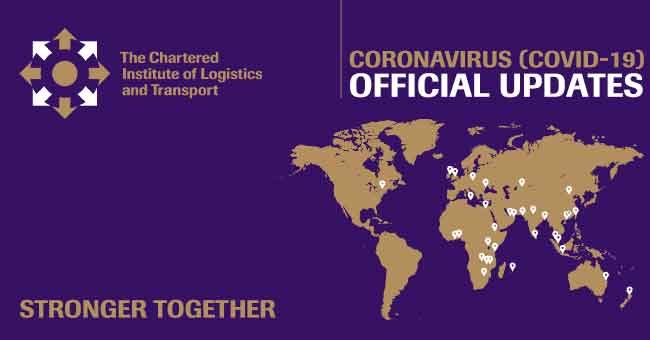Buses in London will temporarily become middle-door only boarding from Monday 20th April as part of Transport for London’s (TfL’s) efforts to help combat Covid-19. This change will improve safety for bus drivers, enabling better social distancing while the city is fighting the virus.
Following a trial across nine routes, and from observing passengers across the 140 buses involved, TfL is confident that the low number of people currently using the network can keep a safe distance when entering and exiting through the same door. This is possible as TfL and the Mayor of London have repeatedly reminded everyone that public transport is only for absolutely essential journeys, which has seen bus passenger levels plummet by around 85 percent.
During the period of these temporary arrangements where passengers enter through the middle-doors, they will not be required to touch in. Customers should not approach the card reader near the driver’s cab.
The new operation of buses builds on the enhanced social distancing measures already introduced by TfL after working closely with the trade union Unite. This includes signage asking passengers not to sit in the seats near the driver’s cab, improvements to the protective screen that shields drivers and regular announcements to reinforce the need to keep a safe space from others. TfL is also exploring what more can be done to create a completely sealed partition between drivers and passengers that allows for both communication and ventilation.
TfL has also introduced a rigorous cleaning regime to kill the virus using new, anti-viral fluid in stations, depots, bus garages, trains and on buses, including the driver’s cab.
Middle-door boarding arrangements will be kept under review and adjusted pending Government reviews of travel restrictions currently in place across the country. Read the full article from CILT UK here
This is an example of a business response from UK which we are sharing as part of our global best practice resource to help you think about and determine appropriate responses locally.

